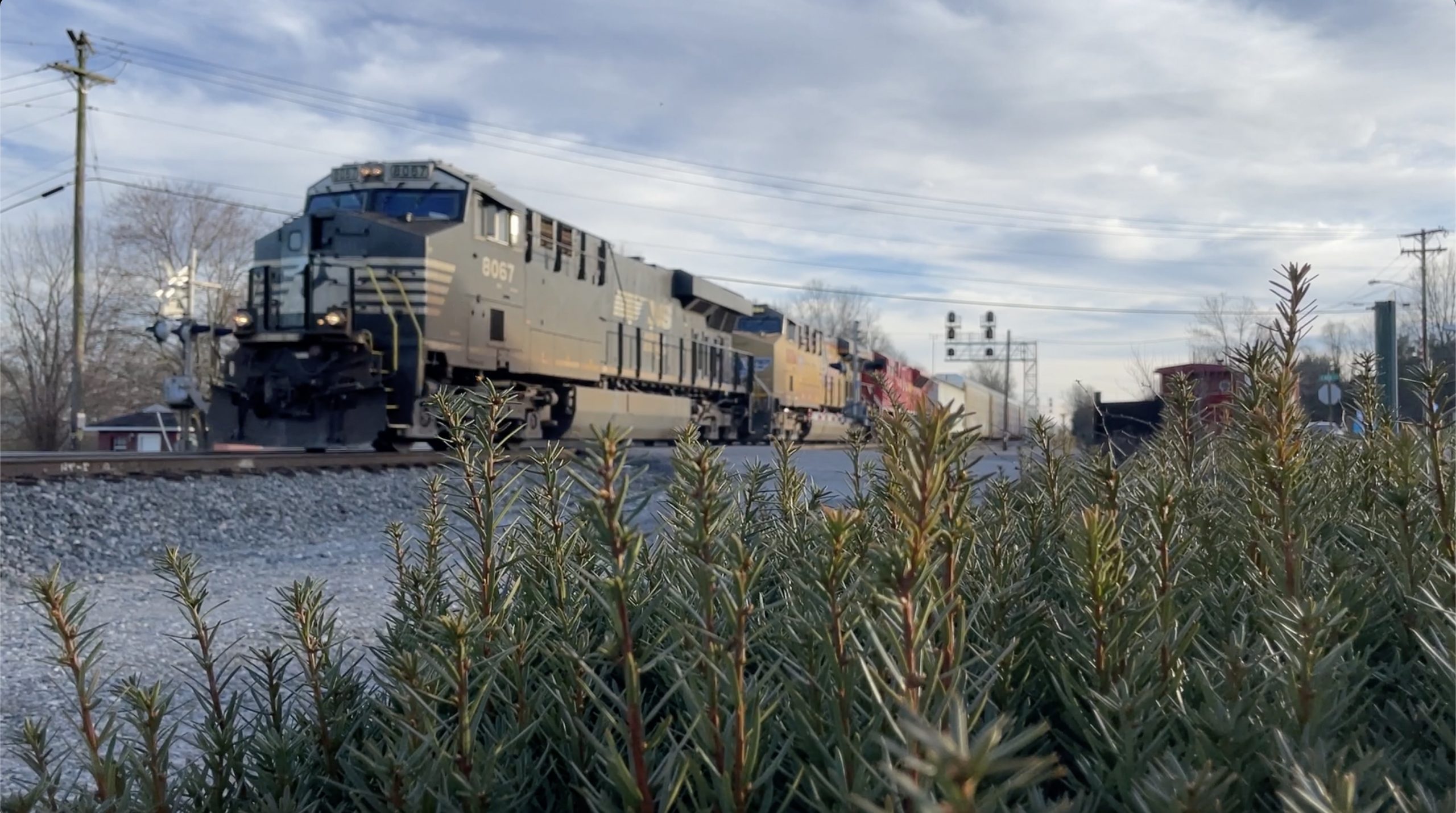
Trainracing
POEM BY JAKE GZ

POEM BY JAKE GZ
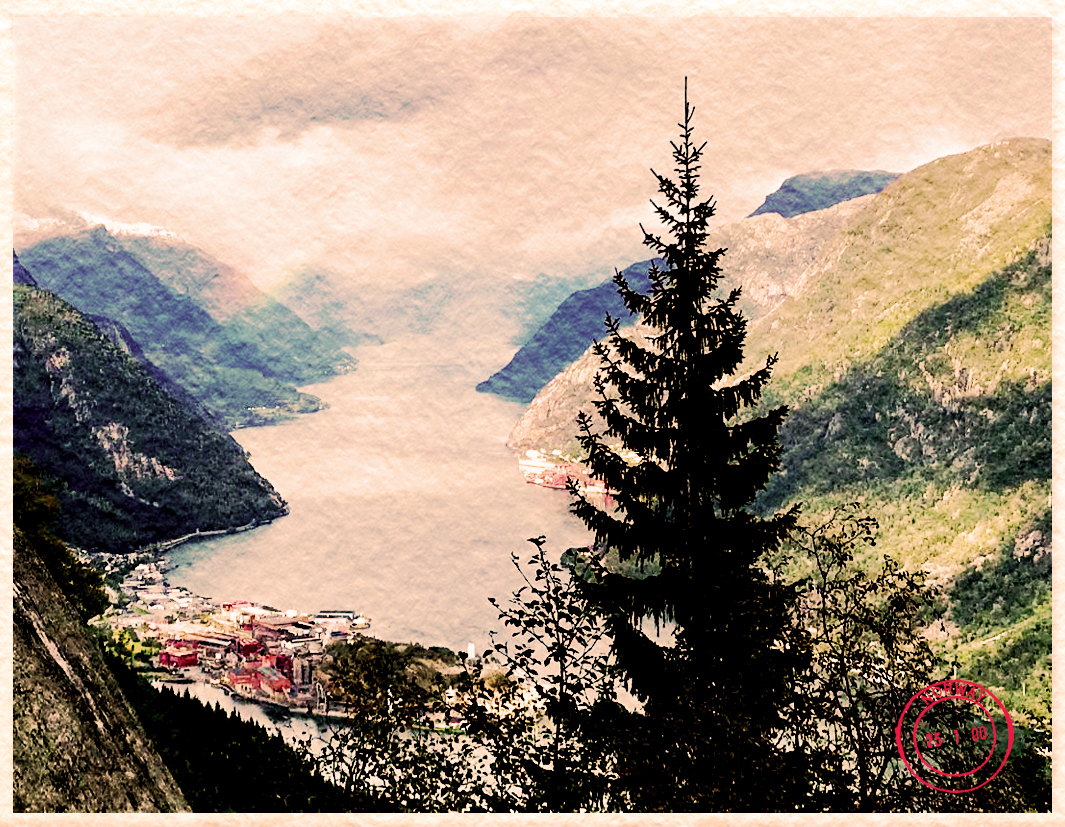
ARTICLE BY MAGGIE WALLEM ROWE
PHOTOS COURTESY OF MAGGIE WALLEM ROWE
Earlier this year, my husband and I left our home in North Carolina to spend 10 weeks volunteering in Stavanger, Norway. Stavanger is the fourth largest city in Norway, and its location on a peninsula on the southwestern coast with proximity to the North Sea has made it the center for Norway’s prosperous offshore oil industry.
This was our second visit to Norway—our first extended visit lasted 12 weeks in 2019. Although my paternal grandparents, Sigurd and Bertha Nygaard Wallem, grew up in southwest Norway, they immigrated to the United States in the early part of the 20th century, and until that 2019 visit, I had never had an opportunity to visit the land whose culture shaped my American family. After interacting deeply with Norwegians and experiencing their culture for six months split between these two extended stays, I’ve found myself surprised and delighted by many aspects of this beautiful Scandinavian country. Here are seven characteristics I especially appreciate about my ancestral homeland.

TEXT AND IMAGES BY ELEANOR MARTINDALE
At the end of Part 2, we learned of Martindales who survived against the odds in Barbados.
A 1679 census shows a John Marting (an abbreviation for Martingdale, a common misspelling of our name) owning 10 acres, one slave, and no servants in the St. James Parish of Barbados. This John was the grandson of John Sr., from Part 1 of this tale, and 10 acres is the same amount of land his grandfather owned in 1638. In 40 years, the Martindales had not expanded their farm, nor sold up. It seems they had simply stayed put for three generations.
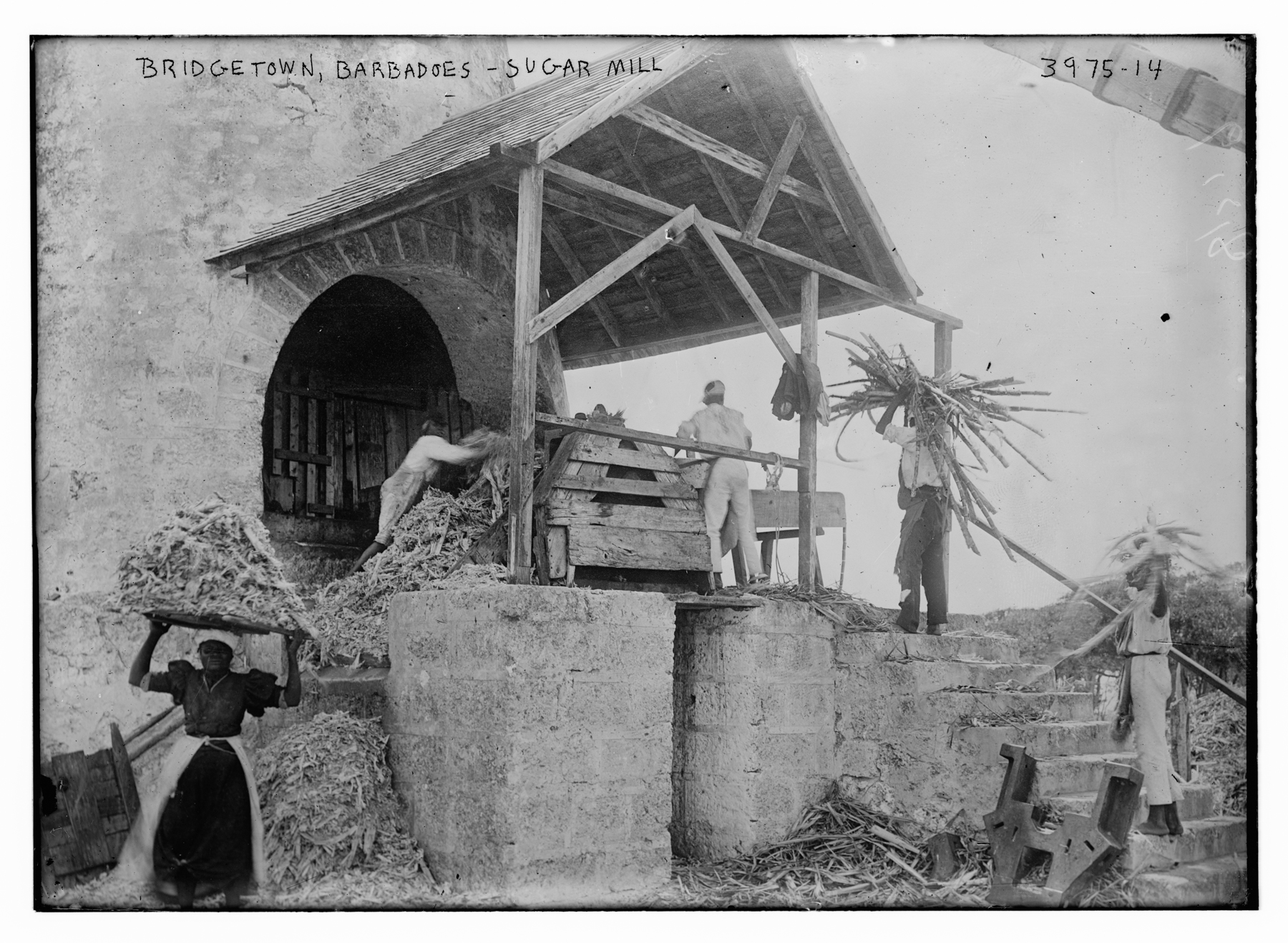
TEXT AND IMAGES BY ELEANOR MARTINDALE
Picking up where we left off in Part 1 of this tale, upon discovering these early Barbados Martindales, I began picturing the lives of 17th century European settlers in the Caribbean, and the literature scholar in me couldn’t help but turn to Shakespeare. The Tempest was written during John Martindale Sr.’s lifetime and epitomizes a popular vision of a faraway, exotic island, uninhabited apart from strange spirits and magical creatures. Shakespeare, who probably never traveled outside of England and certainly never went to the Caribbean, used the collective imagination of his time to set the scene of a wondrous lush, green land with wild, fearful wind and waves.
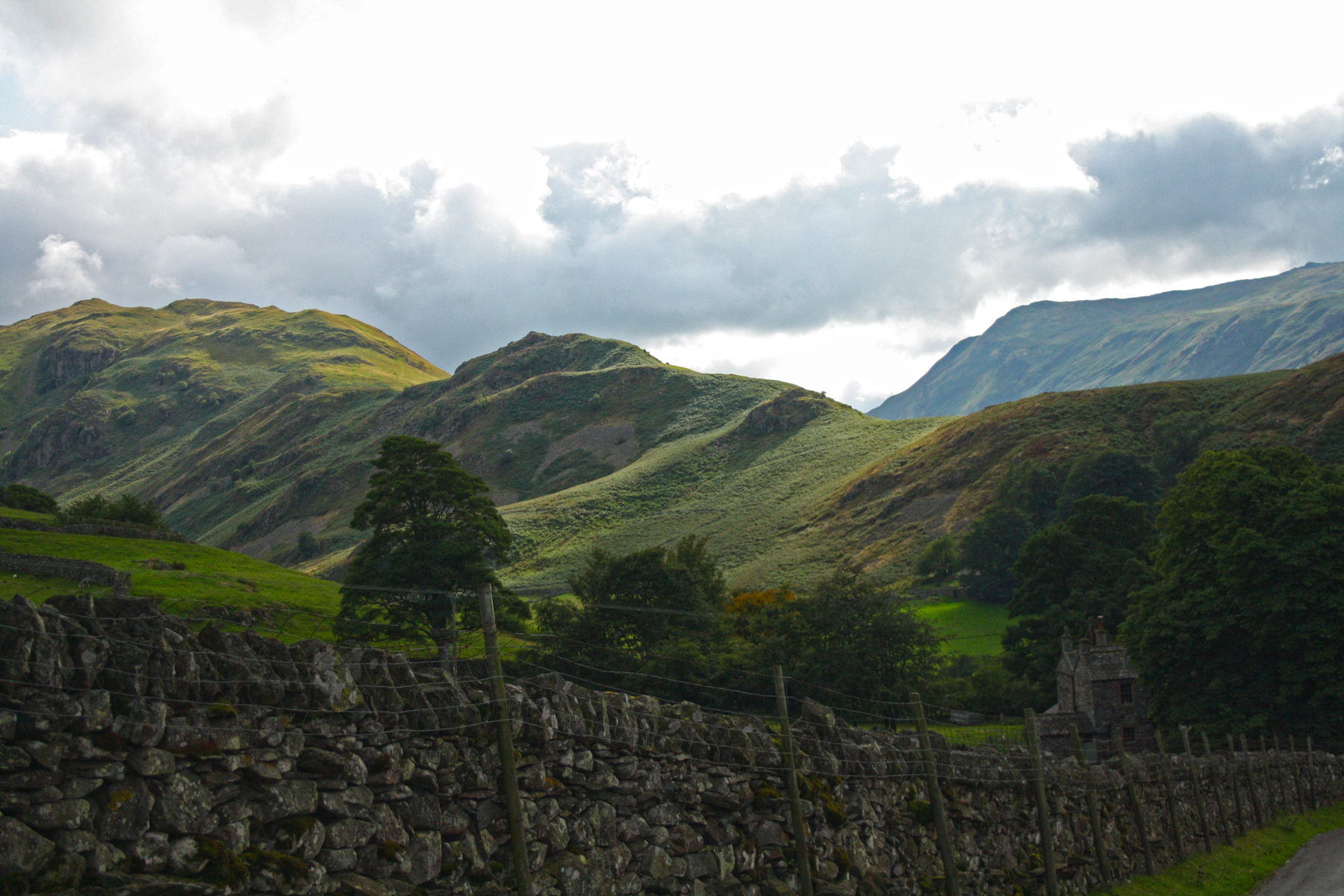
STORY BY ELEANOR MARTINDALE
Like so many retired people, my dad, Peter, has spent the past few years “doing the family tree.” He’s spent hours on genealogy websites, downloading baptism certificates and wills from archives that go back generations, looking out for matches with unusual names, coming up against wall after wall and dismantling them brick by brick, name by name.
In a sense, our family is easier than some—at least through the paternal line. Our surname, Martindale, is fairly unusual, and my dad has worked our line back to a Rowland Martindale who died in 1660 in Cumbria, in the northwest of England.
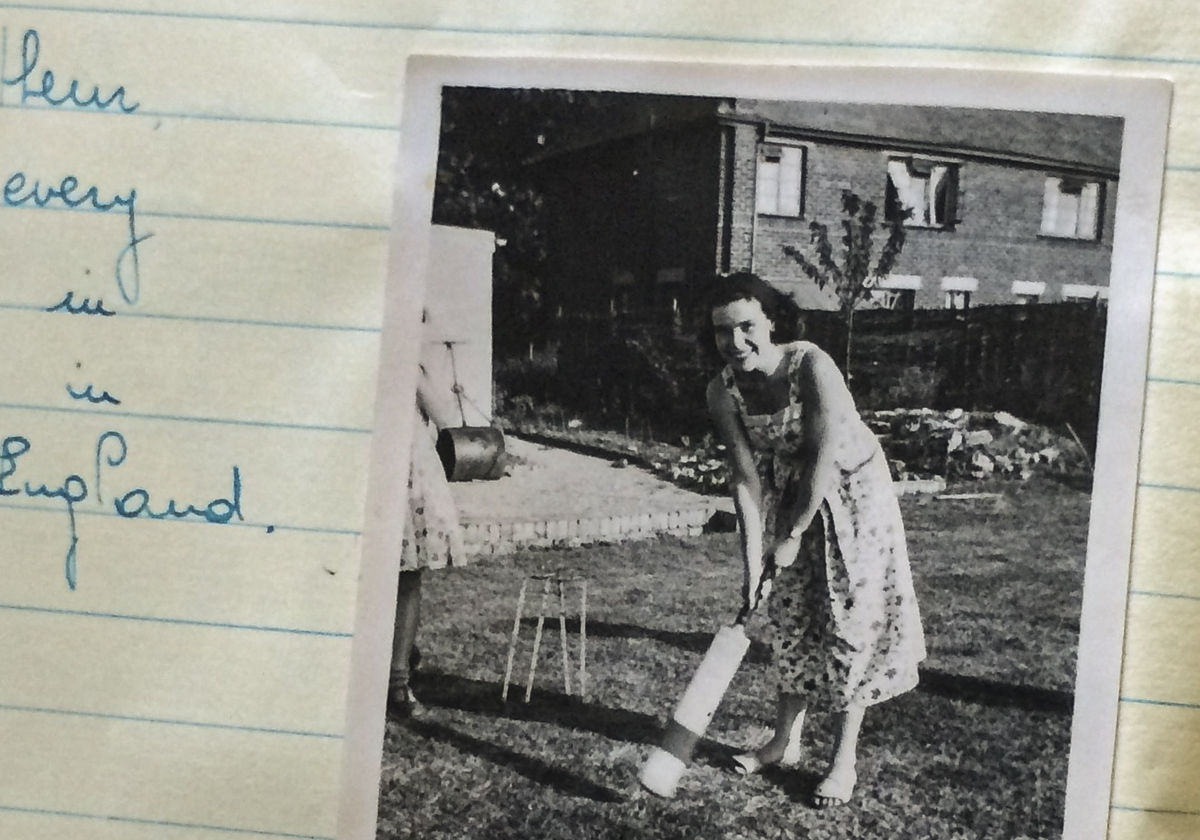
STORY AND IMAGES BY EJ BOWMAN
La Nonna’s name was Jone Corti then. Jo-ne. It slid off the tongue like a berry gelato. It
was strange to burden a young Italian girl with a Greek name, especially one that referred so specifically to Ionia and the adjacent sea. It annoyed me when her biddy friends mispronounced it, suffering the harsh J instead of the more lithe Y. p>